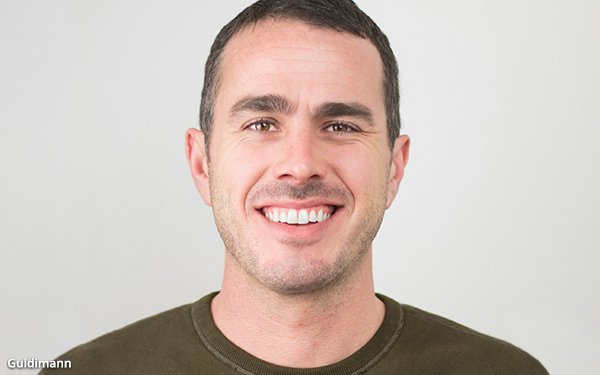
Media buyers should stop looking solely
at the duration of attention and instead focus on the probability of attention. That’s the opinion (and the product model) of Marc Guldimann, CEO & co-founder, Adelaide.
”The metrics have been gamed in favor of publishers who don’t care as much about the user’s experience,” Guldimann says. “They’re more jammed with
ads.”
Very nice coming from a firm that also serves the supply side, albeit not yet as much as the buyer side. But publishers should know the input media buyers are getting. And they
have a right to wonder: Will sales suffer if the probability metric takes over?
Guldimann contends that advertisers become “fixated on attribution when they don’t
understand the quality of reach.” In contrast, “the first principle of our metrics is, you have to measure the probability of attention,” Guldimann goes on. “You can
pay three seconds on Facebook and three seconds on CTV, but have a different impact.”
advertisement
advertisement
This debate comes to mind because ad-tech platform TripleLift announced last week that it is
partnering with Adelaide to become what it claims is the first SSP to offer guaranteed deal packages based on their AU score.
What’s an AU score?
Guldimann explains that
Adelaide's AU scoring process uses a machine learning model to consider hundreds of media quality signals and their weighted contribution to outcomes.
It then generates a 0–100
omnichannel score — “sort of like a credit score,” Guldimann comments.
Adelaide licenses “a ton of eye-tracking data” from TVision and
ACR data from other providers, Guldimann continues. It extrapolates those insights, then builds an algorithm and “trains it to use outcome data.”
Can you
get a 50 or 60 AU score? It’s possible.
It sounds so simple — if you buy it. But doesn’t a small outfit with a theory like this face serious challenges from larger
competitors?
Well, yes. The first hurdle is incentives that have been set up where the goal is to reduce CPMs and get the cheapest media possible. “Those incentives are sort of
endemic,” Guldimann says.
The second is the proliferation of bad attention metrics. “There are a bunch of people who have come into the space, and they’ve built metrics
that sound good and make a lot of sense, but they don’t work because their main metric is the length of attention,” Guldimann complains.
"Sometimes, campaigns suffer from an
audience selection bias, as in older people pay more attention than younger people, drunk people more than sober people,” Guldimann posits.
Adelaide is a 10
year-old firm that works with such brands as NBA, Mars, Audi Switzerland and Coca Cola. It has 45 employees, and has been backed with $7 million in venture funding.
The company can
improve outcomes and reduce waste both in the upper funnel, which was its initial focus, and the lower funnel, Guldimann asserts.
For its part, TripleLift has “leveraged attention
scores to optimize and target on behalf of our clients for a few quarters, leading to strong results from brands such as the NBA and agencies like Mediahub," says Charlotte Schaefer, product
targeting lead at TripleLift.
Looking forward, Guldimann says the biggest challenge faced by the ad industry is the decay of identity. With cookies disappearing,
“It’s hard to figure out what will be the prevailing identity solution,” he comments.
And the efficacy of ads?
“You can put naked people in an ad, and
everyone will look at it but it won’t necessarily be effective,” he laughs.